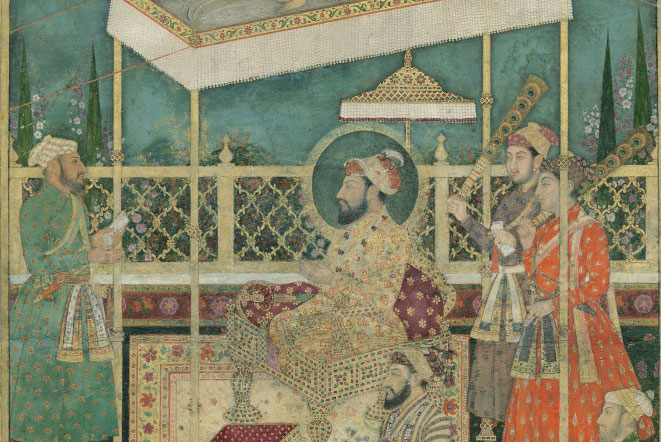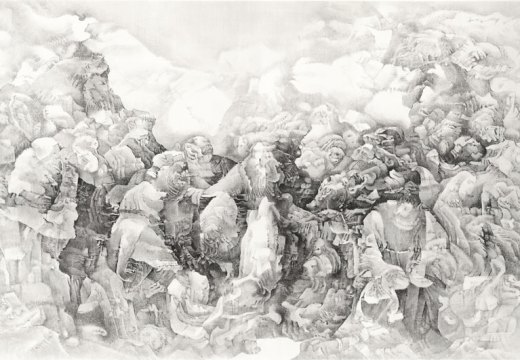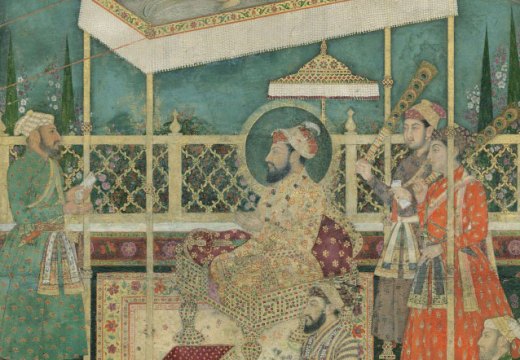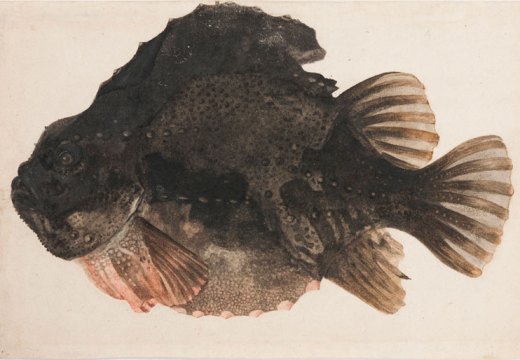Asian Art in London – a 10-day jamboree across the capital – kicked off on 5 November with a conference at the palatial Royal Institution in Albemarle Street. Its subject seemed innocuous enough: the psychology of the collector.
Yet, ponder these fiery emotions: desire, jealousy, anxiety, fear, fulfilment. Do they describe a passionate Romeo? No, they are the classic emotions of a true art collector, according to Tao Wang of the Art Institute of Chicago. Wang considers the collector one of the most complex beings in the world, one who can never be defined clearly. His example was the Chinese classicist, philologist, epigrapher and antiquarian Luo Zhenyu (1866–1940), who established a new way of collecting in China: focusing on ancient objects as embodiments of an idealised past. In his tireless efforts to preserve Chinese antiques as the route to understanding ancient China, he became a collector, connoisseur and dealer, which, as Wang would have it, displayed three more emotions: thirst, indulgent enjoyment and need – the need for a client to sell to.
Earlier in the day, psychologist Susann Dattenberg-Doyle dissected the collector’s almost depressingly inevitable path. First, she reduced a roomful of art professionals to putty in her hands, instructing them to sit comfortably – uncross the legs, straighten the back, let arms hang heavy, close the eyes and breathe slowly. Dattenberg-Doyle then set out to her rapt audience the eight psychological stages a collector experiences. The innocent future collector will start by reflecting on the pleasure of finding an object. He – for they are usually men – soon justifies spending money to acquire one object after another, then simply falls in love with his objects: they are his lover, his mistress. From this point on, as the addiction spirals upwards the collection becomes an extension of the collector’s persona, then his obsession until pleasure is lost and fear of completing the collection sets in (what would you do all day?). The final stage concerns the immortality of the beloved collection, when no one can be trusted with it; no institution is worthy of receiving it.
Snapping her audience’s eyes open, Dattenberg-Doyle said the lesson from this was that if a collector, dealer or curator wants to buy or sell an art work they simply work out which state their opponent is at and argue for them to go to the next one. Never was manipulation so clearly set out.
Other speakers bore out Dattenberg-Doyle’s theory. Nicole Rousmaniere of the British Museum’s Asian department recounted how Augustus Wollaston Franks (1826–1897) was both one of the great collectors of his age and an employee of the museum for 45 years, during which time he assiduously organised and expanded the collection. Franks apparently summed himself up thus: ‘Collecting is a hereditary disease and as such I am incurable’. Obsessive, yes; fear of completion, not at all. The subject of William Dalrymple’s talk, William Fraser (1784–1835), had much the same problem. So entranced was he by India’s culture that he bought up Indian art on a massive scale while commissioning new pictures to record his surroundings and the life he led – including his Indian wife and her family.
Only when James Lin of the Fitzwilliam Museum stepped up with his anecdotes did the collector dream receive a reality check: ‘I’ve met the top collectors and seen their collections’, he began. ‘A few are very good but unfortunately 90 per cent of them are…unbearable.’ In his global travels to advise collectors Lin has met the man with 2,000 jades that were not, in fact, made of jade; a man who had built a mansion for his collection, which turned out to comprise mostly fakes; another who said his collection must be real because his top pieces were illustrated in books – but the books were fakes to back up the fake pieces. If it were not tragic, it would be funny.
It was left to the one collector speaker of the day to respond. Kito de Boer did just that, with an almost disarming openness that either rebutted both Wang and Dattenberg-Doyle or hoodwinked us all. He and his wife Jane Gowers have collected their modern Indian art by ‘a process that is not complicated, just nine words: one object at a time with love and responsibility’. He went further: ‘Collectors are not interesting, the collections are. But if you do an autopsy on the collection then perhaps you can learn about the psychology behind the process of collecting.’
Asian Art in London takes places at various venues across the capital from 5–14 November. Click here to browse the 2015 AAL Art Award Shortlist.
Search our Art Diary for more events near you
Unlimited access from just $16 every 3 months
Subscribe to get unlimited and exclusive access to the top art stories, interviews and exhibition reviews.














![Masterpiece [Re]discovery 2022. Photo: Ben Fisher Photography, courtesy of Masterpiece London](http://www.apollo-magazine.com/wp-content/uploads/2022/07/MPL2022_4263.jpg)
It’s time for the government of London to return to its rightful home